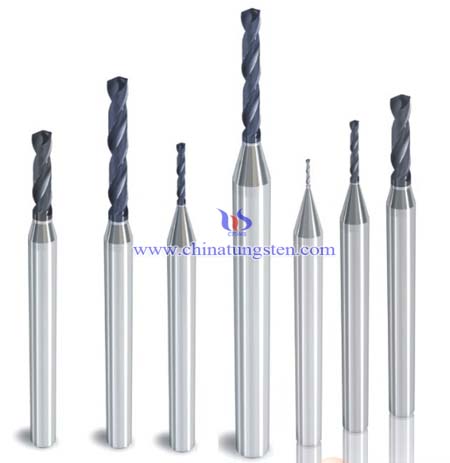Cobalt Interlayed TiN-coated Tungsten Carbide Cutting Tool’s Performance Ⅱ
- Details
- Category: Tungsten Information
- Published on Thursday, 10 September 2015 09:25
1.Introduction
Hard coatings such as TiN, TiCN, TiAlN, etc. have been applied industrially under wide circumstance for improving mechanical properties and lifetime of tools, dies, and mechanical parts. One of the most important parameters of such hard coatings is the adhesion between coating layer and substrate , because various kinds of loads including cyclic, mechanical, and thermal loads are considerably applied to the coated wares in actual use. In order to improve adhesion, various methods such as pre-treatment s of substrate, adoption of interlayer, multi- layers or functionally graded layers were studied. As a suitable method for improvement of the adhesion between steel substrate s and Ti-based coatings, Ti interlayers have been shown to lead to substantial increase in the adhesion strength . The origin of improved adhesion has reported that Ti interlayer is to have a strong affinity to oxide layers remaining on the surface of the substrate as well as to relieve shear stresses in the interface. Although interlayers of Ti, Ta, W, Mo, and Si were developed and reported in senses of materials engineering , their cutting performance was scarcely reported. In relation to Co interlayer and post-annealing, their impact on the cutting performance for end-mill coated tool has not been verified for the reliability of tool wear distribution. The most common distributions for analyzing the reliability of mechanical systems are the exponential, log-normal, and Weibull distributions.
In this study, the adhesion behavior of the adhesion behavior of TiN coatings on cutting tools of WC-Co by hybrid coating method was studied with Co interlayer and post- annealings on cutting tools of WC-Co by hybrid coating method was studied with Co interlayer and post- annealing. The adhesion strength, failure behavior, and Co diffusion from substrate were comparatively investigated related to interlayer thickness and heat treatment. Cutting tests against AISI D2 cold- worked die steel and their reliability tests were studied. To verify the goodness of fit for tool wear distribution, normal distribution and log-normal distribution by chi-squared test were considered.

Tungsten Carbide Manufacturer & Supplier: Chinatungsten Online - http://www.tungsten-carbide.com.cn
Tel.: 86 592 5129696; Fax: 86 592 5129797
Email:sales@chinatungsten.com
Tungsten & Molybdenum Information Bank: http://i.chinatungsten.com
Tungsten News & Tungsten Prices, 3G Version: http://3g.chinatungsten.com
Molybdenum News & Molybdenum Price: http://news.molybdenum.com.cn